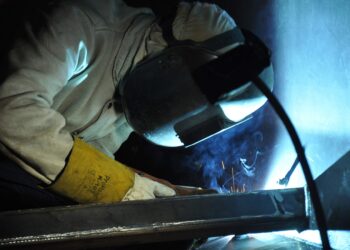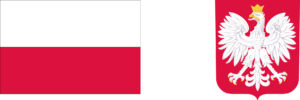
The strategic landscape of Central Eastern Europe (CEE) is witnessing a growing emphasis on Anti-Access/Area Denial (A2/AD) capabilities, a concept that is rapidly becoming a cornerstone of the region’s defence strategy. A2/AD involves a range of military capabilities and strategies designed to prevent or constrain an adversary’s freedom of movement in key areas. This approach is particularly relevant for CEE, a region that has historically been a strategic buffer zone and has faced numerous security challenges.
The implementation of A2/AD strategies in CEE is a response to the evolving nature of threats and the need for enhanced territorial defence. The primary goal of these strategies is to deter potential aggressors by creating layered defence networks that can effectively challenge and impede enemy forces, both at the borders and within the broader strategic vicinity. This involves a combination of missile systems, air defences, naval assets, electronic warfare capabilities, and ground forces, all working in concert to create a formidable barrier to enemy access and movement.
One significant aspect of A2/AD in CEE is the deployment of advanced missile systems. Countries in the region are investing in both short and intermediate-range surface-to-air and surface-to-surface missile systems. These missile systems are not only critical for intercepting incoming aerial threats but also serve as a deterrent against potential offensive operations by adversaries. For example, Poland has been enhancing its missile defence capabilities with the acquisition of Patriot missile systems, which are integral to its A2/AD strategy.
Another key element is the development of robust air defence networks. Nations like Czechia and Hungary are upgrading their air defence systems with advanced radar and anti-aircraft systems. These upgrades aim to strengthen their airspace security and provide a layered defence against various aerial threats, including manned aircraft, drones, and missiles.
Naval power is also a vital component of A2/AD strategies for CEE countries with access to the Black Sea and Baltic Sea. Romania and Bulgaria, for instance, are focusing on enhancing their naval capabilities, including the deployment of fast attack craft and mine countermeasure vessels, to secure their maritime borders and critical sea lanes.
Additionally, the role of electronic warfare in A2/AD strategies is gaining prominence. The ability to disrupt or degrade enemy communication and navigation systems is crucial in modern warfare. CEE countries are investing in electronic warfare capabilities to enhance their defensive operations and reduce the effectiveness of adversarial forces.
Despite the focus on A2/AD, the region faces challenges in implementing these strategies. The integration of different defence systems into a cohesive A2/AD framework requires significant coordination and investment. Furthermore, the geopolitical complexities of the region, with its diverse political and security dynamics, add an additional layer of complexity to the deployment of A2/AD strategies.
The development of Strategic Anti-Access/Area Denial capabilities in Central Eastern Europe is a critical component of the region’s defence posture. By strengthening their A2/AD capabilities, CEE countries are better positioned to deter potential threats and protect their sovereignty. As the security landscape continues to evolve, the implementation of these strategies will play a key role in maintaining stability and peace in the region.






